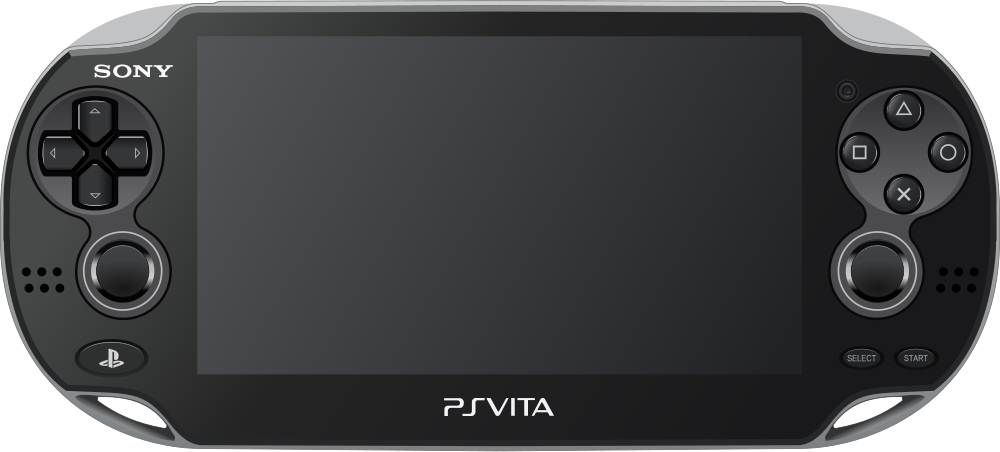Sony Corp. has had its challenges lately. Last year, the Japanese conglomerate lost around 90 billion yen ($1.2 billion). Though the whole economy in Japan has had a sluggish record for the last two decades or so, Sony for a long time could count on strong sales in their core television business and a position of power in the video game market. For reasons both economic and ecological, its television business has lost $8.5 billion. Through leadership changes and massive corporate restructuring, the firm has yet to return to profitability, though it now projects it will do so by early 2014.
In the midst of this tumult and financial difficulty, Sony has still produced some remarkable technology products. One of these is the Playstation Vita, a successor to the earlier PlayStation Portable console. Despite that earlier system having a cold reception in North America, by the end of last year it had sold about 71 million units worldwide since 2004. The Vita has a beautiful five-inch touchscreen, a full allotment of gaming controls, and a set of powerful internal processors. However, sales have been sluggish and critics attribute this to the rise of tablets and smartphones in the video game market.
President Shuhei Yoshida of Sony Computer Entertainment, the division of the company that oversees PlayStation hardware and software development, noted that “[Sony] is very happy with the hardware and platform that [we] created. It’s an amazing gaming experience.”
Despite this, he acknowledges that the Vita has had difficulty attracting the full attention of third-party developers. “Because of the growth of the social/mobile sector, lots of opportunities are being presented to publishers to choose from, and because the social/mobile side is the growing sector in terms of the business now, they are very quickly shifting their development resources to be part of that growing market,” he said to PlayStation Magazine.
With a lack of software and a dearth of hardware sales feeding each other in a vicious circle, there is concern that the Vita might be a product bound for irrelevance in the market.
At the end of August, PlayStation Vita had sold around 2.2 million units worldwide, which, according to Sony, “nears” their previous expectations for the product (Reuters). However, as Yoshida said, the composition of the mobile games market is changing rapidly. The iPhone 5, which hosts tens of thousands of games available for prices a fraction of those on the Vita (games tend to cost between $30 and $40 on Sony’s system) sold five million units in a single release period (Apple). The traditionally dominant player in this space, Nintendo, appears to be adjusting to the market more easily, as its 3DS system has taken a commanding lead over the Vita, especially in the two companies’ home nation, Japan (Gamasutra).
The current trends in video games point toward the increasing popularity of products with lows costs of entry, whether companies make them free to play and only charge for additions (as in many social games on Facebook) or sell games at a far lower price with smaller development costs (the model that has dominated on the iOS devices). Yoshida indicates that Sony might be well-positioned for this kind of market adjustment:
“[We can] cater to smaller independent developers. It’s very easy to develop content for PS Vita. More content and more games is the number one priority that we have to realize Vita’s potential.”
Realizing that potential could have significant implications for Yoshida’s company and its future in the mobile gaming space.








